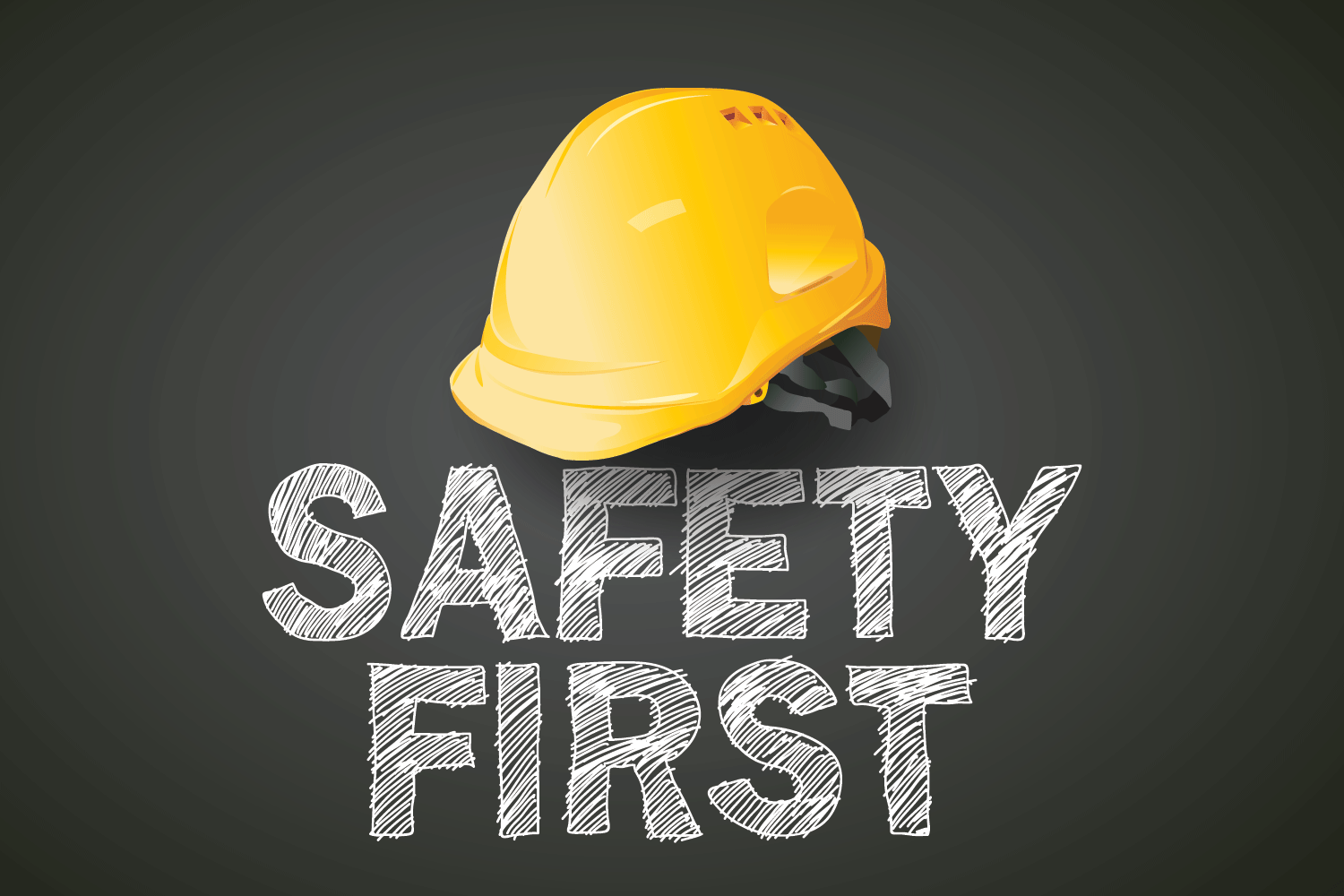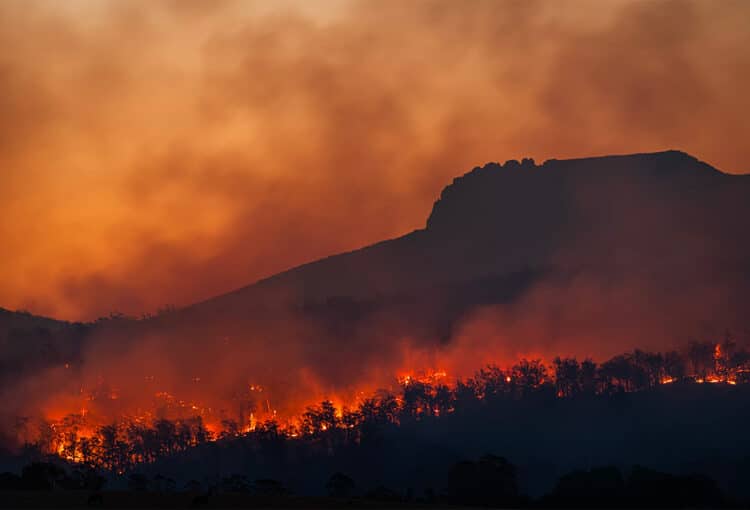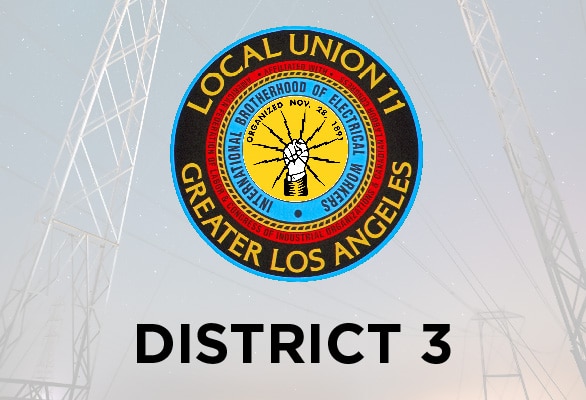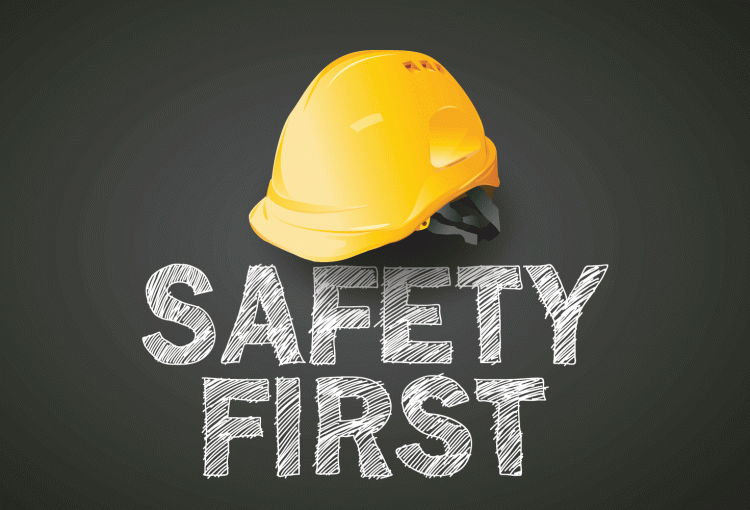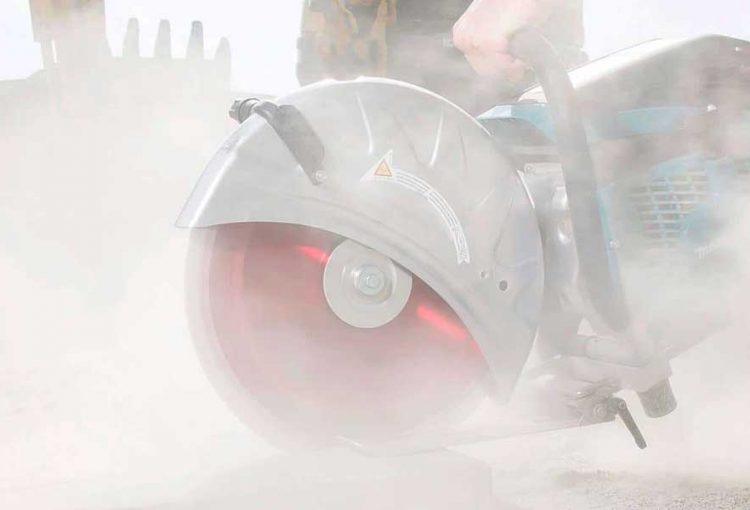Safety Report – May 2022
The Ins and Outs of Trenching and Excavations
By Mike Costigan
IBEW Local 11 Safety Director
Trenching and excavation work presents serious hazards to all workers involved. Cave-ins pose the greatest risk and are more likely than some other excavation-related incidents to result in worker fatalities. One cubic yard of soil can weigh as much as a car. For this article I’m going to focus on trenches because that is more likely where you’ll find us working.
There are many factors to consider when one is planning to dig a trench that workers will enter. These factors are to be determined by a competent person who is trained to recognize the hazards that might exist. The first determination is soil type, which can be stable rock; Type A, which includes clay, silty clay, sandy clay, and clay loam; Type B, which includes gravel, silt loam, silty clay loam; or Type C, which includes gravel, sand, and loamy sand.
The second determination should be depth of trench and water content if any. Any trench five feet or deeper requires a protective system. From that point, a competent person needs to decide which type of protective method is best: sloping and benching, shoring the sides or working within a trench shield.
Once all of these determinations have been made and the trench is ready for workers to enter, the employer is required to make sure all employees are trained in trench safety. This would include keeping an eye on any water accumulating, placing egress ladders at no more than 25 feet away from any point in the trench four feet or deeper, and keeping tools and materials at least 24 inches away from the edge of the trench. Other considerations include heavy equipment traffic nearby, weather conditions and atmospheric conditions.
An employer is required to have a competent person test for oxygen deficiency or to determine if a hazardous atmosphere is present or reasonably expected in trenches four feet and deeper. Employers must ensure that a competent person inspects all trenches and protective systems daily for possible cave-ins and failures of protective equipment.
If you think that a trench you are expected to enter doesn’t look quite right, ask questions. Or better yet, give me a call and I will come out to your jobsite.

